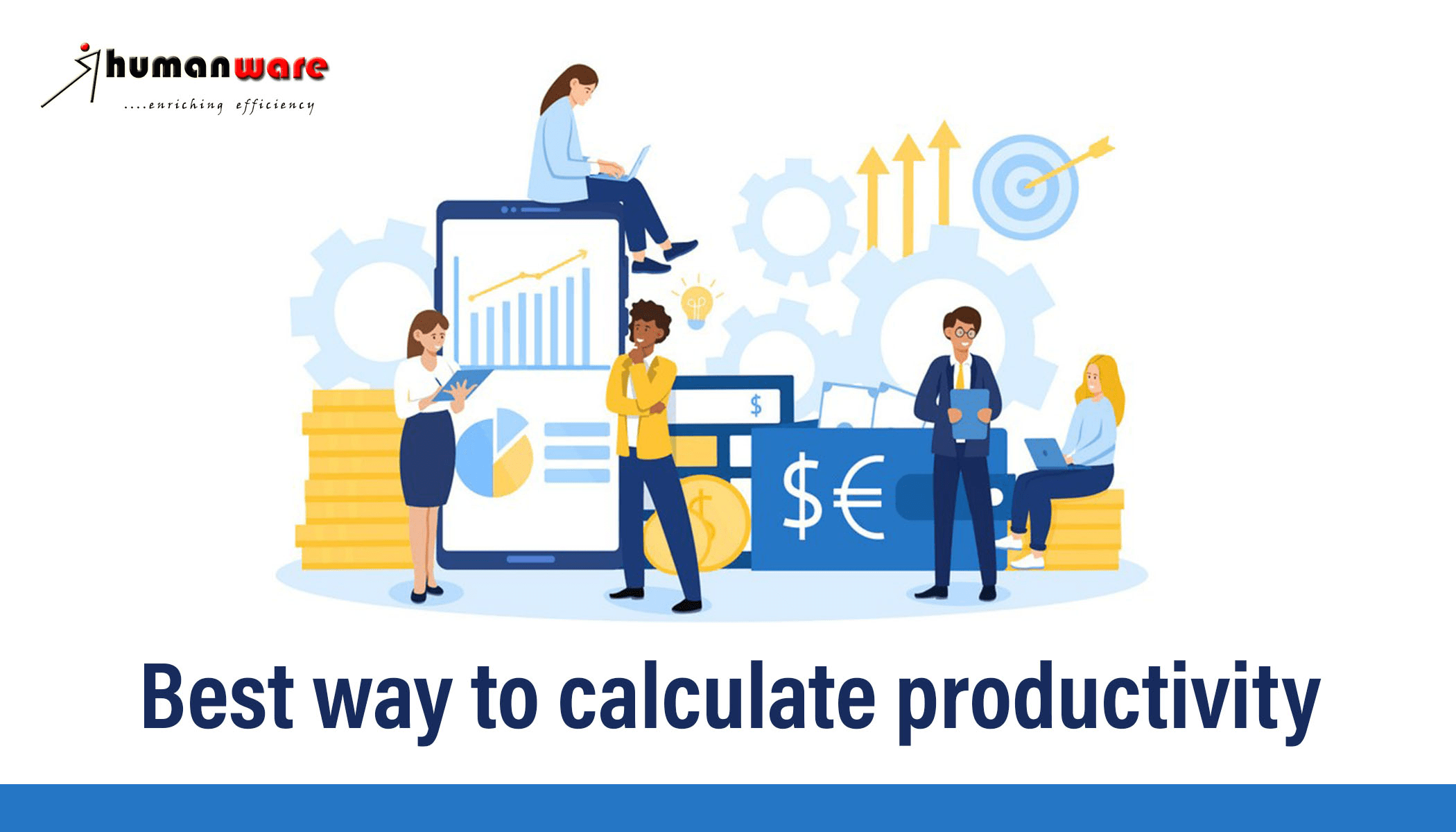
Best Way to Calculate Productivity
Organizations and employees have always looked for ways to generate the most output possible in the least amount of time. Organizations today face challenges in accurately measuring productivity, especially in this competitive world. Moreover, the issue of measuring productivity is beyond the simple measurement of an output, it is nuanced, taking into account external and internal factors and the needs of the organization at any given time. The question needs to be addressed here is not how an employee performs but how the HR can bring the best out of it.
Why Calculate Productivity in the Workspace?
Productivity metric helps to understand when and how business grows. Using productive matric management can define the future steps for the organization as well as plan for individual growth. Although there is no fixed technique to measure productivity, As it varies from organization to organization. Measuring productive can benefits with :
Workforce Optimization - An individual development is directly proportional to organizational growth. Calculating employee performance defines the scope of development for individual skills . As skilled employees perform better than a raw one. understanding their current workforce and making changes along the way becomes important. This data can be used to schedule and organizational structure and optimize employee performance.
Tracking Changes - Tracking the changes around the organization comes with the key benefits of performance management. Other aspects that make activity tracking important include individual growth, manpower planning and performance evaluation.
Managing Enterprise - Understanding organization's productivity levels allows for better decision making. learned to manage the front line of business and customer expectations. It also identifies areas of concern whether or not there is a need to expand your team or implement a new operating model.
Financial Impact - Calculating productivity is equivalent to keeping a finger on an organization's pulse. In the changing market, you’re able to adjust workflow to optimize for performance. As a result, HR's always able to ensure an organization is in the best position to increase profit while maintaining the same level of effort.
How to Improve Productivity?
1. Use Technology to Automate Repetitive Tasks
Automating your manual tack can help HR in time management by reducing repetitive tasks and helps HR to more productive time. Automation can include interview scheduling, document signing workflow integration, and more. While tasks are automated, empower employees in other ways. Again, in HR, this could mean helping them develop their business acumen or their HR strategy and leadership skills. This way you can guarantee an increase in productivity.
2. Define KRA’s
KRAs refer to the general metrics which the organization has fixed for a specific role. It should be well-defined, quantifiable, and easy to measure; this also helps employees to align their role within the organization. KRAs are broad categories employees have to concentrate on during the year. After the KRA is defined, the next step is to define objectives and standards for it, monitoring daily activities is the best practice. Thus, KRAs may vary from profile to profile and in different organizations. There are no set rules for defining KRAs, but broadly speaking, they summarize the job profile as well as the key areas of impact the employee is expected to deliver and build their performance.
3. Employee Engagement
For businesses to increase employee productivity and enhance results, the employee engagement process is essential. They believe that a happy employee will always perform their best at the workplace. It has been found that nearly $11 billion is lost every year due to staff turnover worldwide. These companies need to tackle this problem as quickly as possible. Reducing in employee alternation rate is directory proportional to organization growth. Thus hr must focus on employee engagement to improve productivity for this a best hr software is required.
4. Rewards and Recognition
One of the important features in an hrms system is rewards and recognition acknowledged for their performance in intrinsic or extrinsic ways. From developing employee culture to building Manager-Employee Relationships. Rewards and Recognition is the key to success. Rewards and Recognition play a vital role in increasing morale and promoting team building. Although many factors lead to an employee’s performance, employee satisfaction is a crucial one. Employee satisfaction is mainly dependent on how employees are treated inside of the organization. When you make it a point to recognize your employees duly, they get emotionally invested in their work and the company as a whole. employees naturally tend to stay longer.
Conclusion
To measure productivity at first may seem as a simple task, it requires a collection of big data and tracking performance regularly. It’s also necessary to take into consideration personal differences as all employees have different skill sets. And perform best at what they are good at. Likewise, HR should also consider all the factors influencing productivity, years of experience, education, and even stress levels. Once you have Humanware HRMS in place it's easy to detect changes in productivity and design interventions to reach the target productivity.